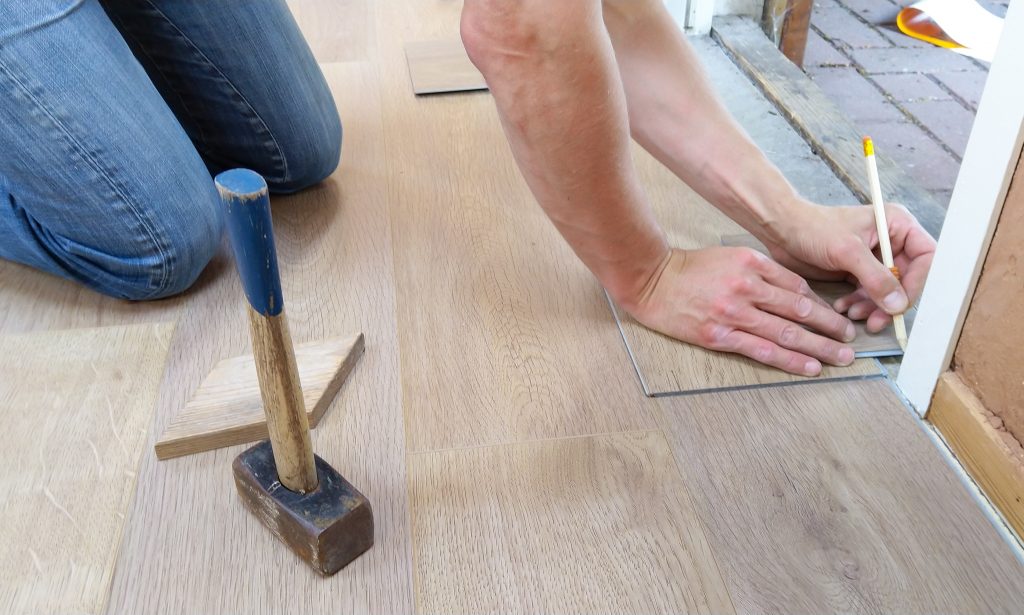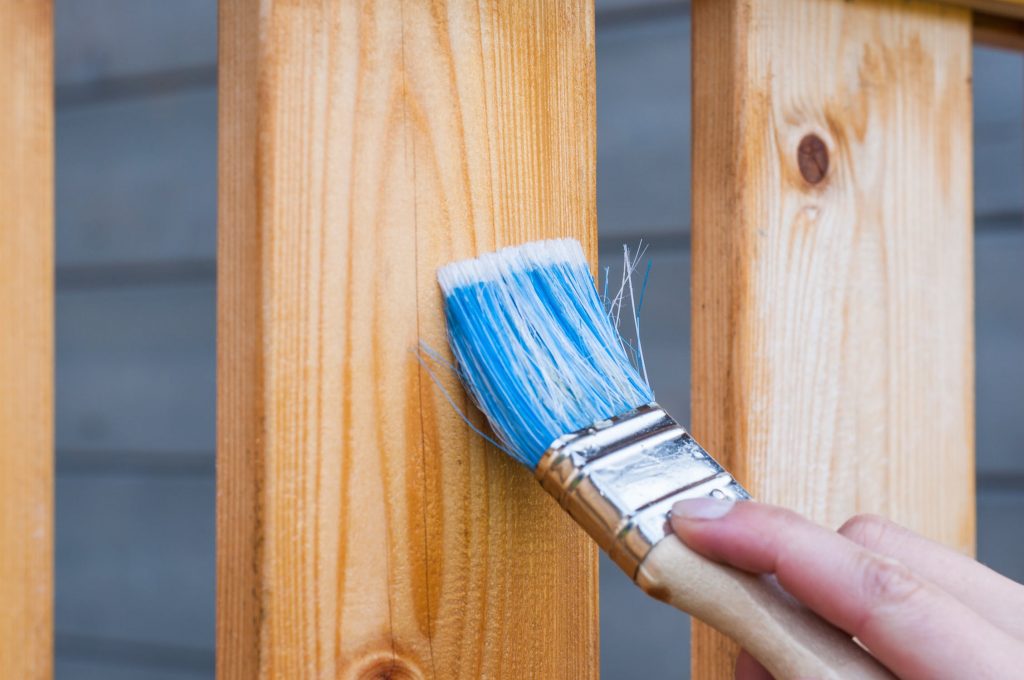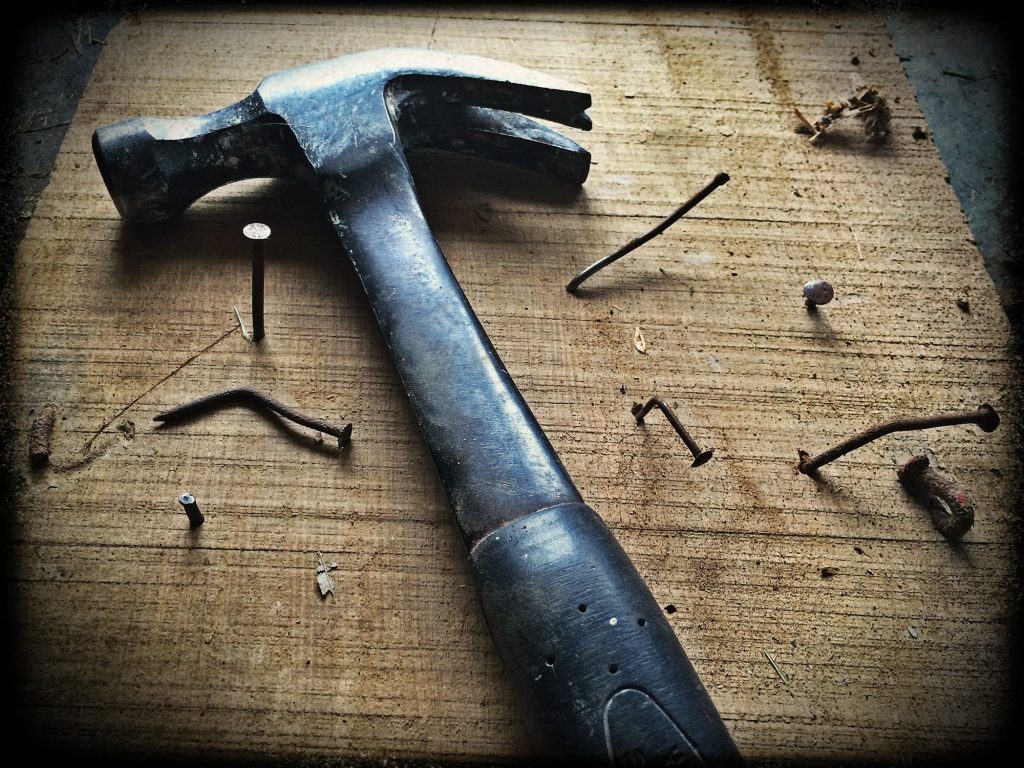How Home Care Services Promote Independence

As individuals age, they may encounter challenges that make everyday tasks more difficult, leading to concerns about their ability to live comfortably and safely at home. This is where home care providers play a crucial role, offering personalised home care services designed to support seniors while preserving their independence.
In this article, we explore how home care services enable seniors to maintain their autonomy, highlighting the benefits of these services and touching on creative solutions—such as custom sliding doors and double sliding doors in home modifications—to enhance safety and mobility.
Personalised Assistance with Daily Tasks
One of the primary ways home care providers help seniors stay independent is by offering assistance with daily activities. These tasks might include:
- Preparing meals
- Managing medications
- Completing household chores
- Assisting with personal hygiene
By providing support in these areas, seniors can focus on enjoying their daily lives without the stress of managing everything independently. This tailored approach ensures that seniors receive just the right level of help they need without feeling overpowered or losing their sense of autonomy.
Companionship and Emotional Well-Being
Social isolation is a significant concern for many seniors, especially those living alone. Home care providers assist with physical needs and offer companionship, creating meaningful connections that enhance emotional well-being. Engaging in conversations, sharing meals, or even accompanying seniors on walks can improve mental health and help combat loneliness.
This emotional support can be life-changing, giving seniors the confidence to continue living independently in their homes. It reinforces the idea that independence is not just about physical capabilities but also about feeling emotionally supported and valued.
Enhancing Home Environments for Accessibility
While home care services are vital, the physical environment is equally important in maintaining independence. Many seniors benefit from modifying their living spaces to improve safety and accessibility. A well-designed home can reduce the risk of falls and other accidents, common concerns as people age.
Custom sliding doors are an excellent example of a practical home modification. Traditional swinging doors can be cumbersome for seniors, especially those using wheelchairs or walkers. Sliding doors eliminate the need for extra clearance, making it easier to navigate through tight spaces. Similarly, double sliding doors are ideal for wider openings, allowing smoother transitions between rooms.

These modifications enhance mobility and add a touch of modernity and elegance to the home. They perfectly blend functionality and aesthetics, ensuring seniors feel comfortable and proud of their living spaces.
Promoting Health and Safety
Home care services often include health monitoring to ensure seniors remain in good condition. Caregivers can help manage chronic conditions, schedule medical appointments, and provide medication reminders. This proactive approach reduces the risk of hospitalisations and empowers seniors to take control of their health.
In addition to health monitoring, home care providers can assess the safety of the home environment. Recommendations such as installing bathroom grab bars, adding non-slip mats, or incorporating custom sliding doors can significantly reduce hazards and create a safer living space.
Encouraging Active Lifestyles
Remaining physically active is essential for seniors to maintain their independence. Home care services often incorporate physical activities into daily routines, such as light exercises, stretches, or gardening. These activities improve strength, balance, and overall mobility, making it easier for seniors to perform everyday tasks independently.
For example, a caregiver might encourage seniors to walk around the neighbourhood or assist them with mobility exercises tailored to their abilities. This active approach ensures that seniors stay engaged and maintain their physical capabilities for as long as possible.
Respecting Individual Preferences
One of the most important aspects of home care services is respect for individual preferences and routines. Home care providers work closely with seniors and their families to create personalised care plans that align with their lifestyles. Whether adhering to a preferred meal schedule or assisting with hobbies, the goal is to empower seniors to live life on their terms.
For instance, if a senior enjoys spending time in their garden, home care providers might help with light gardening tasks or ensure the space is accessible by recommending features like custom sliding doors that lead directly to the outdoor area. These minor but thoughtful adjustments can make a big difference in maintaining independence and joy.
Supporting Families
The role of home care providers extends beyond the seniors themselves. Families often play a significant role in caregiving, which can be rewarding and challenging. Home care services provide relief for family members, offering peace of mind knowing that their loved one is in capable hands.
Additionally, caregivers can guide families on how to make their homes more senior-friendly. Suggestions like installing double sliding doors for more effortless mobility or decluttering common areas can create a safer and more welcoming environment for seniors.
Home care services are vital for seniors who wish to maintain their independence. By offering personalised assistance, promoting emotional well-being, and encouraging active lifestyles, home care providers empower seniors to thrive in their own homes.
Furthermore, integrating thoughtful home modifications such as custom and double sliding doors can enhance safety, accessibility, and overall quality of life.
As the demand for home care services continues to grow, it’s clear that these providers play an essential role in supporting seniors and their families. Focusing on individual needs and creating senior-friendly environments help ensure that independence and dignity remain at the heart of aging.




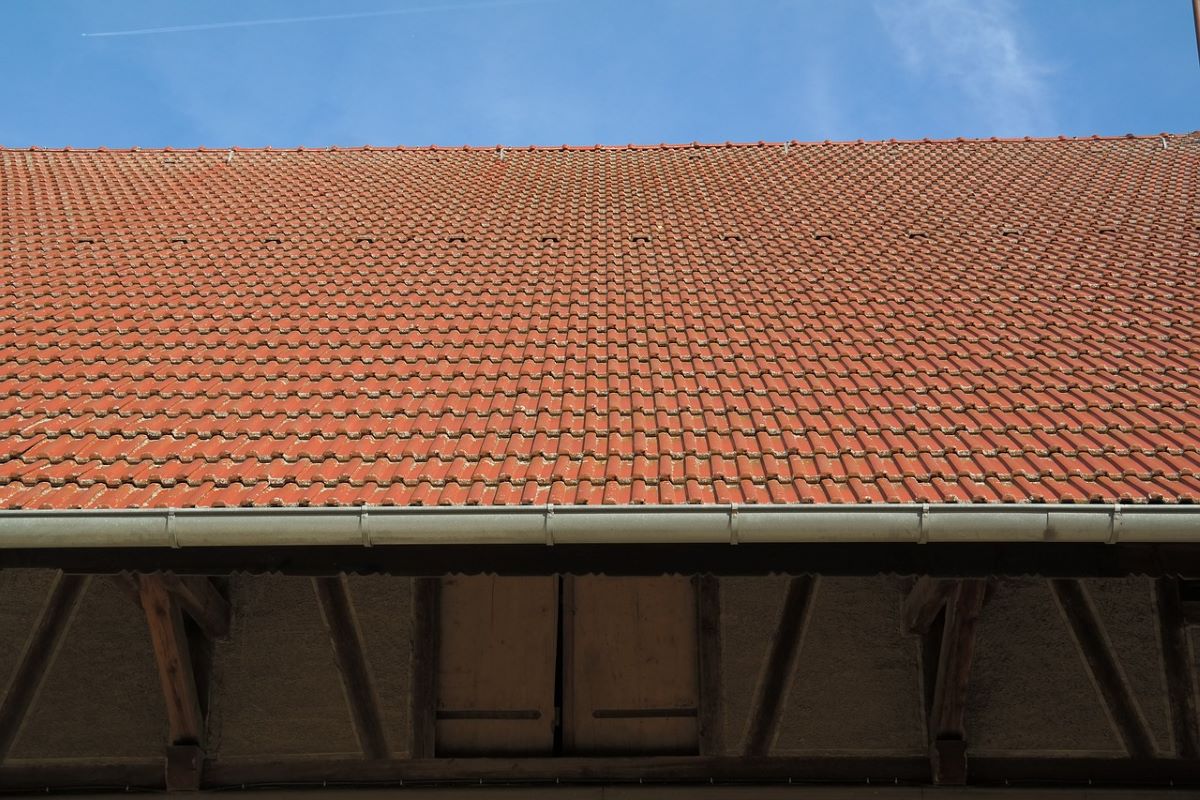


 If you have an outdated bathroom, you’ve probably thought about improving it by remodelling your bathroom. If you are facing the problem of renovating your bathroom, you should consider replacing your old toilet and facets.
If you have an outdated bathroom, you’ve probably thought about improving it by remodelling your bathroom. If you are facing the problem of renovating your bathroom, you should consider replacing your old toilet and facets.

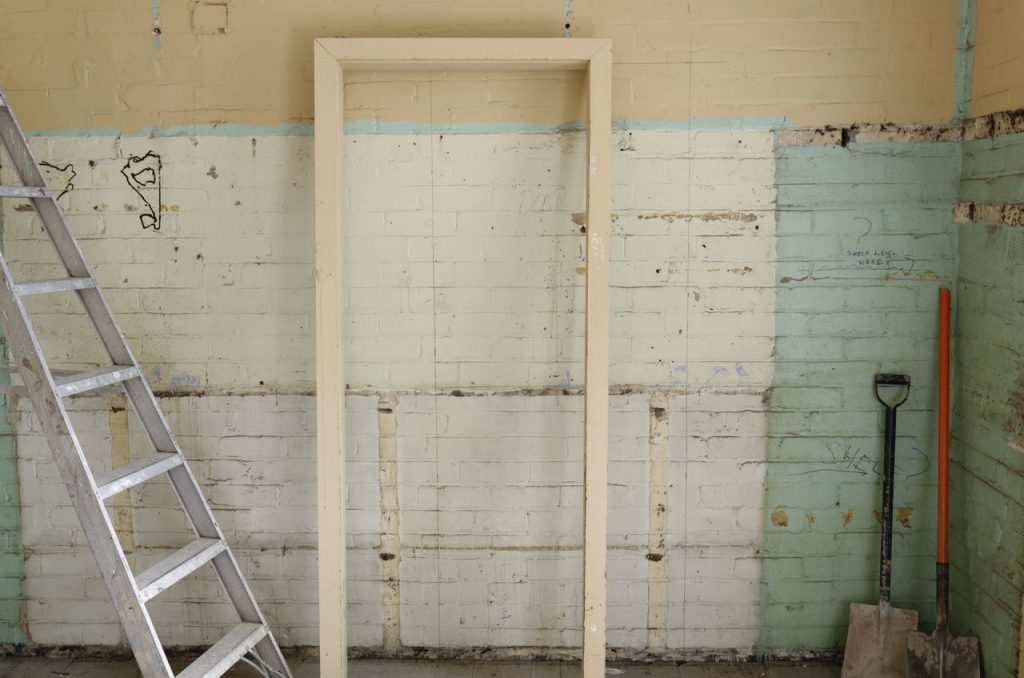












 However,
However, 
 If your deck is in good condition and doesn’t require any restoration, then as previously mentioned, something such as a timber screen will do wonders to help create a new stylish space. If you’re wondering how to build one yourself at home, look no further! We’ve outlined how you can do so below; you’ll need:
If your deck is in good condition and doesn’t require any restoration, then as previously mentioned, something such as a timber screen will do wonders to help create a new stylish space. If you’re wondering how to build one yourself at home, look no further! We’ve outlined how you can do so below; you’ll need:




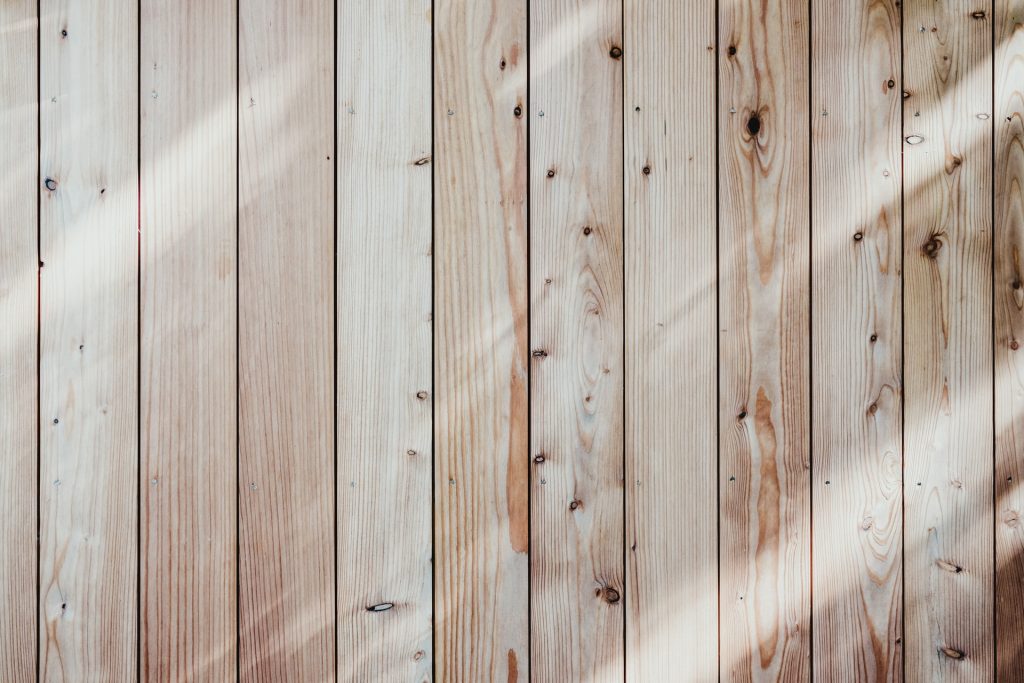








 the walls or use unusual wallpaper fabrics. Use tiles instead of the usual carpet flooring for an energetic finish to your floor. Be creative with headboards instead of opting for a plain one. All of these extraordinary items in the interior should be able to stand on their own. It is one of the easiest and most affordable touches to add to a room, yet makes an impactful statement. It results in a sudden outburst of energy and character. And since it’s unexpected, it automatically changes the entire dynamic of a room. This is
the walls or use unusual wallpaper fabrics. Use tiles instead of the usual carpet flooring for an energetic finish to your floor. Be creative with headboards instead of opting for a plain one. All of these extraordinary items in the interior should be able to stand on their own. It is one of the easiest and most affordable touches to add to a room, yet makes an impactful statement. It results in a sudden outburst of energy and character. And since it’s unexpected, it automatically changes the entire dynamic of a room. This is 



 Several factors may accelerate the aging of the tank, including:
Several factors may accelerate the aging of the tank, including:


















